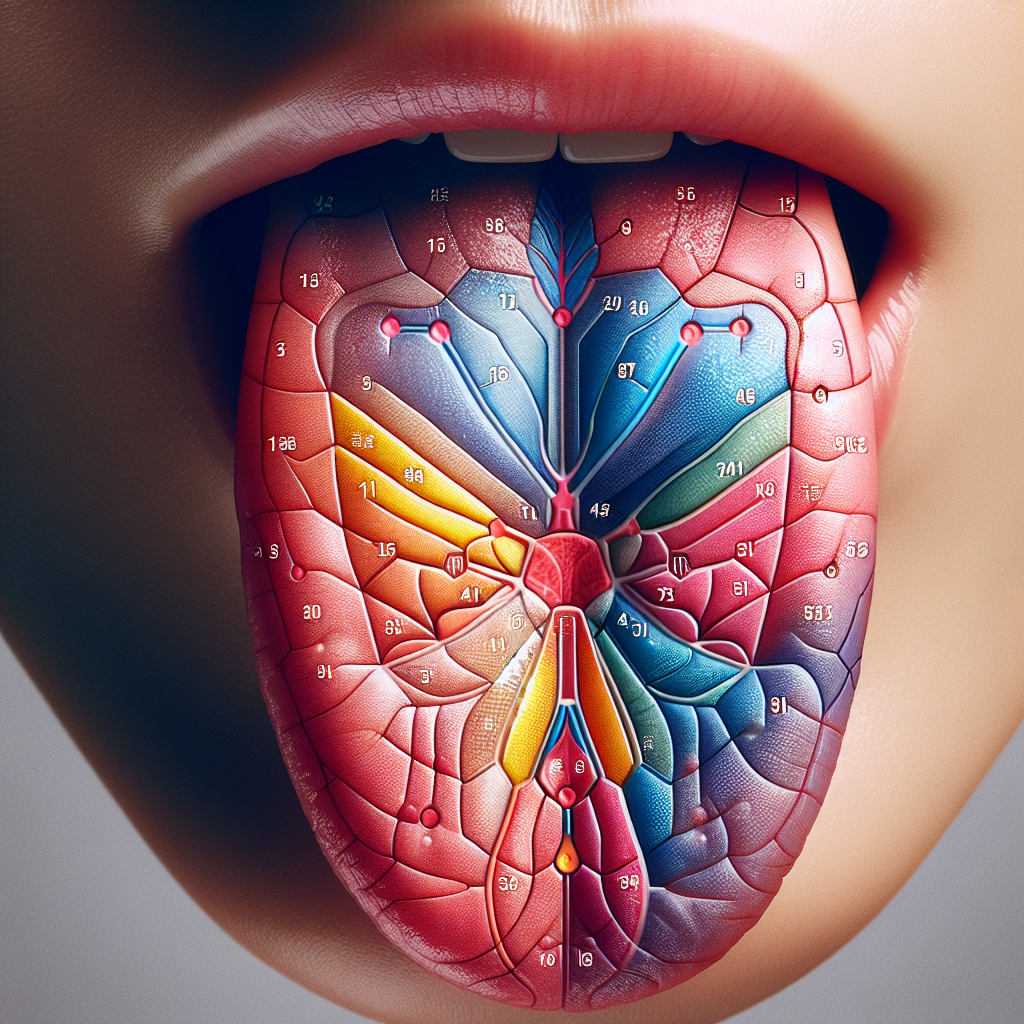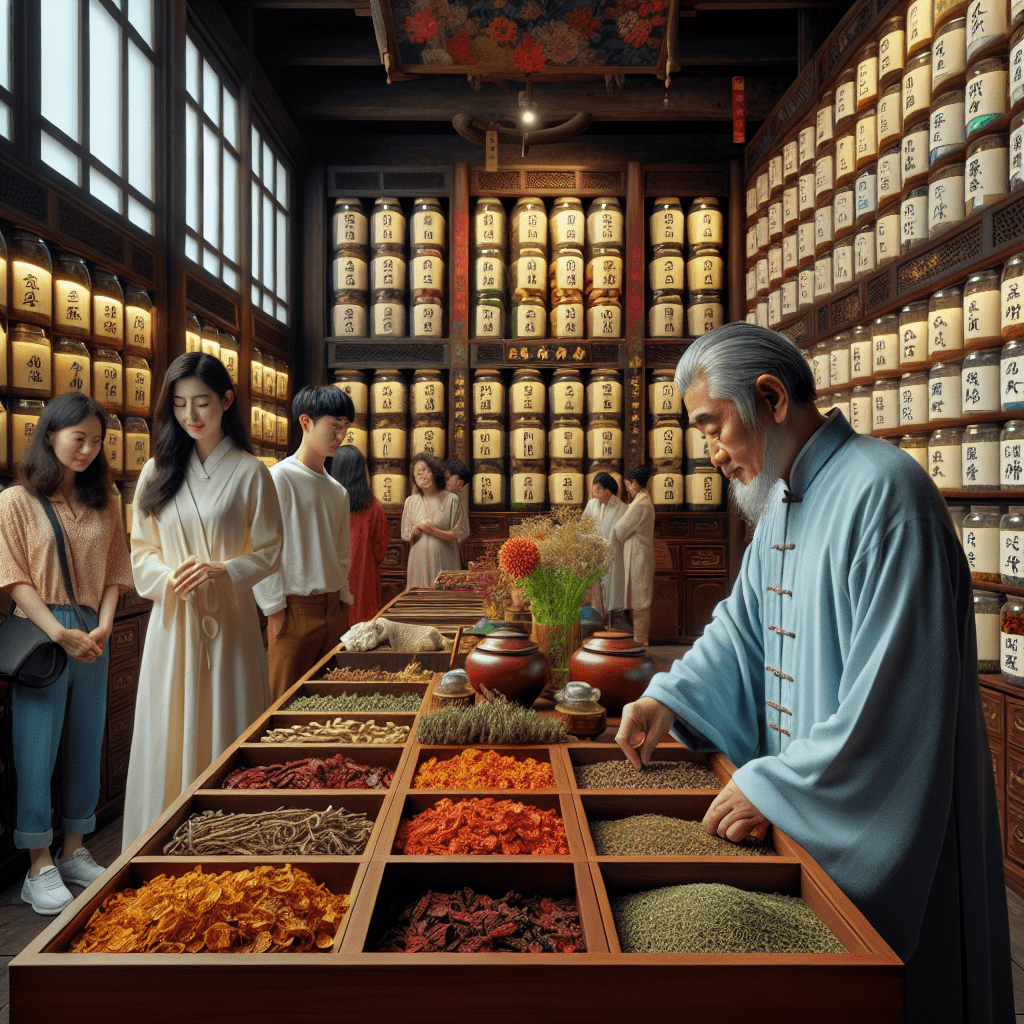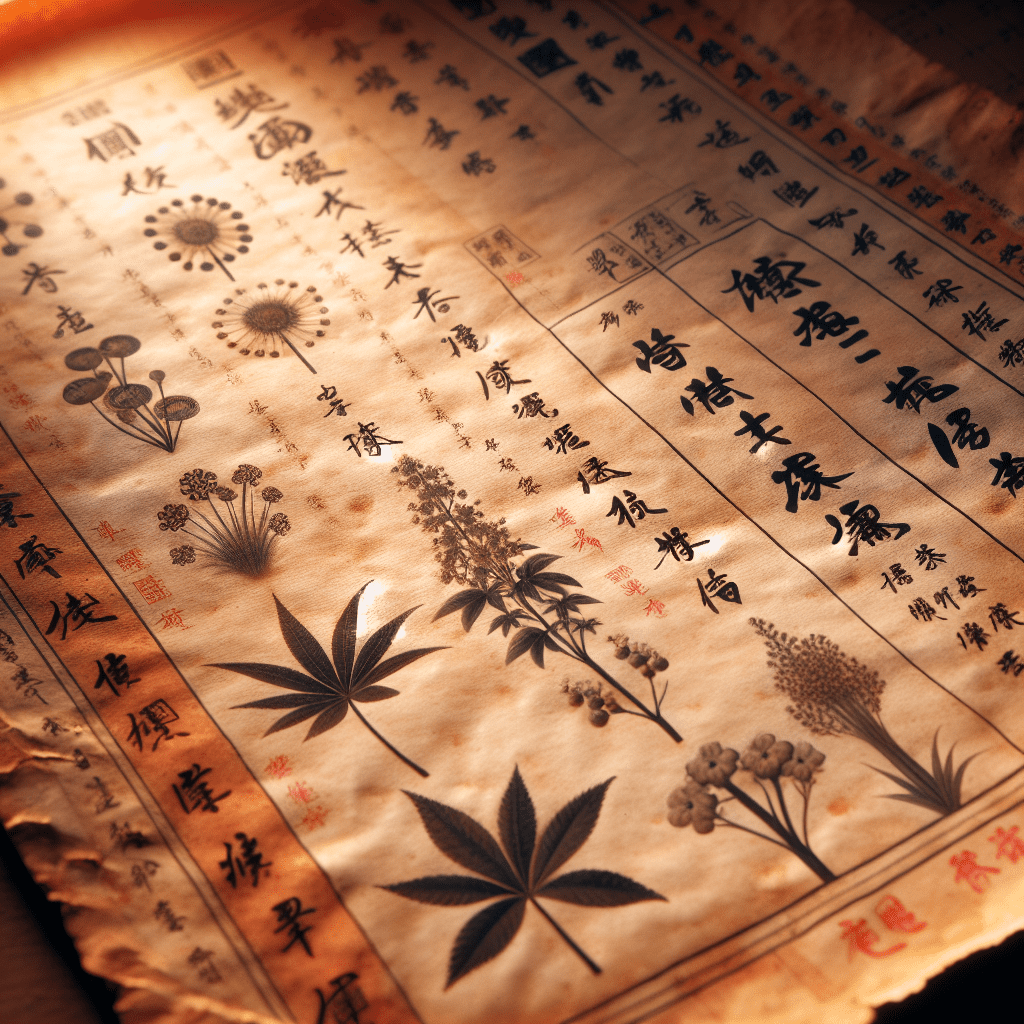In a world where health trends come and go with dizzying speed, there’s something profoundly reassuring about wisdom that has stood the test of time. The Five Elements Theory of Traditional Chinese Medicine (TCM) is exactly that—a 2,000-year-old framework that continues to offer valuable insights into our health and well-being today. This ancient wisdom doesn’t just survive; it thrives because it speaks to something fundamental about our connection to nature and the delicate balance that sustains health. This 2,000-year-old framework continues to offer valuable insights into our health and well-being today.
Whether you’re a wellness enthusiast already exploring natural approaches to health or simply curious about alternative perspectives, the Five Elements Theory offers a fascinating lens through which to view your health journey. Unlike many modern health approaches that focus narrowly on symptoms, this timeless TCM cornerstone considers the whole person—body, mind, and spirit—within the greater context of the natural world.
The Five Elements: Nature’s Blueprint for Balance
At the heart of Traditional Chinese Medicine lies the concept that five fundamental elements—Wood, Fire, Earth, Metal, and Water—govern all aspects of nature, including our bodies. These aren’t just physical substances but energetic forces that flow through everything in our world. Each element carries distinct qualities and corresponds to specific organs, emotions, seasons, and more.
Wood: The Energy of Growth and Flexibility
Wood embodies the energy of spring—expansive, creative, and full of potential. In our bodies, Wood energy governs the liver and gallbladder, influencing our ability to plan, make decisions, and adapt to life’s circumstances.
When Wood energy is balanced, you likely feel:
- Decisive and clear in your vision
- Flexible in body and mind
- Creative and able to grow through challenges
An imbalance in Wood might manifest as irritability, rigid thinking, or physical issues related to the liver or tendons.
Fire: The Energy of Joy and Connection
Fire represents the height of summer—warm, vibrant, and illuminating. This element corresponds to the heart and small intestine, influencing our capacity for joy, enthusiasm, and meaningful connections with others.
When Fire energy flows smoothly, you experience:
- Genuine joy and enthusiasm for life
- Warm connections with others
- Clear thinking and appropriate emotional expression
Excess or deficient Fire might show up as anxiety, insomnia, or cardiovascular issues.
Earth: The Energy of Nourishment and Stability
Earth represents the transitional seasons and harvest time—grounding, nurturing, and stabilizing. This element governs the spleen and stomach, affecting our ability to process both food and information.
Balanced Earth energy provides:
- A sense of centeredness and stability
- Good digestion and consistent energy
- Nurturing relationships with yourself and others
Imbalanced Earth might lead to worry, overthinking, or digestive problems.
Metal: The Energy of Refinement and Letting Go
Metal corresponds to autumn—crisp, clear, and discerning. This element is associated with the lungs and large intestine, influencing our ability to take in what’s valuable and release what no longer serves us.
When Metal energy is harmonious, you tend to:
- Set clear boundaries
- Let go of past hurts and unnecessary possessions
- Appreciate quality and precision in life
Metal imbalances may manifest as grief, respiratory issues, or skin problems.
Water: The Energy of Depth and Flow
Water embodies winter—deep, reflective, and flowing. This element governs the kidneys and bladder, affecting our deepest reserves of energy, our ability to rest, and our capacity for wisdom.
Balanced Water energy allows you to:
- Access deep reserves of energy when needed
- Move through life with flow and grace
- Tap into wisdom and intuition
Imbalanced Water might appear as fear, exhaustion, or urinary and reproductive issues.
The Dance of Creation and Control: How the Elements Interact
What makes the Five Elements Theory especially powerful is not just the individual elements but how they interact. Two key cycles govern these interactions:
The Creation Cycle (Sheng): Each element nourishes or creates the next:
- Wood feeds Fire
- Fire creates Earth (as ash)
- Earth bears Metal
- Metal collects Water
- Water nourishes Wood
The Control Cycle (Ke): Each element also keeps another in check:
- Wood controls Earth (by covering it)
- Earth controls Water (by damming it)
- Water controls Fire (by extinguishing it)
- Fire controls Metal (by melting it)
- Metal controls Wood (by cutting it)
These cycles represent the natural checks and balances that maintain harmony in our bodies and in nature. When one element becomes excessive or deficient, it affects the entire system, potentially creating health issues. This understanding forms the foundation of TCM principles that guide diagnosis and treatment.
Five Elements in Action: How TCM Uses This Framework for Health
Traditional Chinese Medicine practitioners don’t just admire this elegant theory—they apply it practically to diagnose and treat health conditions. By observing which elements appear out of balance, they can develop personalized treatment plans that address the root cause, not just the symptoms. “Treat not just the symptom, but the root of imbalance.”
Diagnosis Through the Five Elements Lens
A skilled TCM practitioner might notice, as explained by Five Element Theory experts:
- The sound of your voice (shouting suggests Wood imbalance; laughing excessively points to Fire)
- The color in your face (yellowish might indicate Earth issues; whitish could suggest Metal deficiency)
- Your emotional tendencies (persistent fear points to Water imbalance; excessive worry to Earth)
- The seasons when your symptoms worsen
- The taste preferences that might be compensating for elemental imbalances
Dr. Li Chen, a respected TCM practitioner with over 30 years of experience, explains: “When we view health through the Five Elements, we see patterns that modern medicine might miss. A patient with digestive issues might actually have a Wood imbalance affecting Earth, rather than a primary Earth problem. This changes our entire treatment approach.”
Treatment Approaches Based on Five Elements
Once imbalances are identified, TCM offers several approaches to restore harmony:
Acupuncture: Stimulating specific points along the body’s meridians to balance elemental energies. For instance, points along the Kidney meridian might be chosen for a Water imbalance manifesting as chronic fear or low energy.
Herbal Medicine: Specific herbs correspond to different elements and can support the body’s return to balance. A Fire-reducing formula might include herbs with cooling properties to address symptoms like irritability or heart palpitations.
Dietary Therapy: Foods are classified according to their elemental qualities and used as medicine:
- Sour foods support Wood (lemons, vinegar)
- Bitter foods moderate Fire (dark leafy greens, coffee)
- Sweet foods strengthen Earth (rice, sweet potatoes)
- Pungent foods benefit Metal (onions, ginger)
- Salty foods nourish Water (seaweed, miso)
Lifestyle Adjustments: Recommendations for activities, sleep patterns, and emotional expression that support balanced elements. Someone with a Metal imbalance might benefit from structured breathing exercises and spending time in nature.
A recent study published in the Journal of Alternative and Complementary Medicine found that patients receiving Five Elements-based acupuncture reported a 65% improvement in chronic symptoms compared to a 35% improvement in the control group. This suggests that this ancient framework continues to deliver meaningful results even by modern standards.
EASTCHI AI: Where Ancient Wisdom Meets Modern Technology
While Traditional Chinese Medicine offers profound insights, modern life demands convenience and personalization. This is where innovative approaches like EASTCHI AI from HerbalsZen bridge the gap between ancient wisdom and contemporary needs. Ancient wisdom meets modern innovation
EASTCHI AI represents a groundbreaking fusion of Traditional Chinese Medicine’s Five Elements Theory with cutting-edge artificial intelligence. This innovative system doesn’t replace the nuanced expertise of TCM practitioners but makes this ancient wisdom more accessible and personalized for today’s health-conscious individuals. As explored in research on AI in Traditional Chinese Medicine, technology is enhancing rather than replacing traditional practices.
By analyzing your unique constitutional type through the lens of Five Element Theory, EASTCHI AI creates tailored nutrition plans and lifestyle recommendations that honor your individual elemental balance. The system recognizes that someone with a predominant Fire constitution might need different foods and practices than someone with a strong Metal or Water influence.
What makes this approach particularly powerful is how it adapts Eastern medicine’s seasonal wisdom to your daily life. Traditional Chinese Medicine has always recognized that our bodies need different support as the seasons change—a concept largely overlooked in Western approaches to health. EASTCHI AI brings this insight into your wellness routine, recommending seasonal adjustments to diet and lifestyle that keep your elements in harmony year-round.
The platform embraces the Eastern concept of food as medicine, offering specific dietary recommendations based on your elemental constitution. For someone with a Wood imbalance manifesting as stress and irritability, the system might suggest incorporating more sour foods to support liver function, along with specific herbs that calm an overactive Wood element.
Embracing the Five Elements in Your Health Journey
Whether you’re just beginning to explore Traditional Chinese Medicine or looking to deepen your understanding of the Five Elements Theory, there are simple ways to incorporate this wisdom into your daily life:
Observe your natural tendencies: Do you tend toward certain emotional patterns or physical symptoms? These might offer clues about your elemental constitution.
Notice seasonal effects: Does your energy or health change predictably with the seasons? This could indicate which elements need more support at different times of year.
Experiment with elemental foods: Try incorporating foods that support elements you suspect might be deficient in your constitution.
Consider your environment: The spaces where you live and work influence your elemental balance. Adding plants (Wood) or a small fountain (Water) might help create harmony.
Explore both tradition and technology: Consider how platforms like EASTCHI AI can help you apply Five Elements Theory in a practical, personalized way.
Sarah Johnson, a wellness coach who incorporates Five Elements Theory in her practice, shares: “When clients begin to see themselves through the Five Elements lens, there’s often an ‘aha’ moment. Suddenly, patterns they’ve experienced their whole lives make sense in a new way. This understanding alone can be transformative.”
The beauty of the Five Elements Theory lies in its profound simplicity. Rather than fragmenting health into disconnected specialties, it offers a cohesive framework that honors the interconnection of all aspects of our being. In a world where health approaches often swing between extremes, this ancient wisdom offers a middle path—one that embraces both our uniqueness as individuals and our connection to the natural rhythms of the world around us.
As you continue your health journey, consider the wisdom of the Five Elements not as an alternative to modern approaches but as a complementary perspective that might just illuminate aspects of your well-being you’ve never fully understood before. This ancient wisdom, especially when made accessible through innovations like EASTCHI AI, offers a holistic path to health that’s as relevant today as it was thousands of years ago.
In the words of a traditional Chinese proverb: “The five elements—wood, fire, earth, metal, and water—create and destroy, control and are controlled, fill and are emptied.” In this elegant dance of elements, we might just find the balance we’re seeking for true health and harmony.




